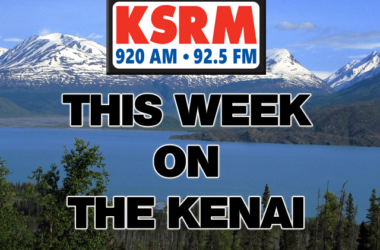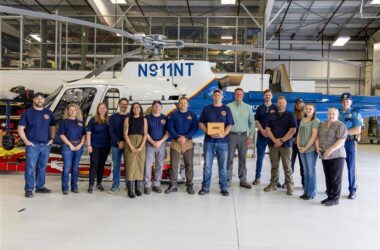After three years in development, HEX Cook Inlet LLC (HEX) and Furie Operating Alaska have announced that in partnership with the University of Alaska Fairbanks (UAF), and the Alaska Center for Unmanned Aerial Systems Integration, the first Beyond Visual Line of Sight test program will be conducted over the Cook Inlet on July 10.
Besides the UAF Alaska Center for Unmanned Aerial Systems Integration Program, Raytheon Technologies played a crucial role in making this possible. HEX received approval from the Federal Aviation Administration (FAA) to conduct the 15-mile flight.
This is the first waiver approved in the United States for a flight to and from an offshore platform and the second waiver issued by the FAA in the State of Alaska.
The initial test flight will commence at Furie’s Processing Facility in Nikiski, Alaska, and fly along the pipeline corridor to Furie’s offshore gas platform. Flying at around 50 knots, it will take approximately 30 minutes to fly the 15-mile route. Once refueled and a payload is attached, the drone will return to Furie’s Onshore Processing Facility.
The flight will highlight the utilization of emerging technology in Cook Inlet and throughout the State of Alaska. “It is our hope that by establishing a safe and reliable program with our operations, it will serve as a steppingstone for additional drone usage not only in the oil and gas industry but across Alaska,” said HEX President John Hendrix.
According to Soldotna Vice Mayor Lisa Parker, the unmanned flight aims to make material delivery to platforms more efficient in the future. “It’s been something of interest to Mr. Hendricks and he’s been working with the university during that time frame and just an easier way to deliver materials from onshore to offshore.”
During flight operations, airspace will be monitored utilizing Raytheon Technologies ‘ ground-based detect and avoid radar system. A notice to airman will be submitted before each flight. Drone pilots will monitor air traffic frequencies and announce operations in the area to avoid conflicts with other general aviation activities. The test will use a SuperVolo Gen 4 unmanned aerial system (UAS). It is a vertical takeoff and land system with hybrid gas/electric motors with a cruising speed of 50 knots.






